In a recent exclusive interview with BeInCrypto, Ross Edwards, Senior Director for Solutions and Delivery at Ripple, provided a deep dive into why the XRP Ledger (XRPL) is uniquely poised to revolutionize institutional finance by merging traditional systems with decentralized finance (DeFi).
Why XRPL Is Ideal For Financial Institutions
Edwards pointed out several key advantages of the XRPL that make it stand out for financial institutions, especially when tokenizing real-world assets (RWAs). A major benefit lies in XRPL’s transaction speed, which can settle payments in just 3-5 seconds. This rapid processing, coupled with low costs, addresses many inefficiencies faced by traditional finance, where transactions often take days and involve significant fees.
Moreover, the governance mechanism within XRPL allows amendments to be introduced by the community, meeting the evolving needs of financial institutions. Edwards highlighted that XRPL’s infrastructure minimizes risks by removing the need for custom-built smart contracts and their associated audits. This is critical for institutions seeking stability in a volatile market.
Another innovation on the XRPL is the Automated Market Maker (AMM), a key feature that enables institutions to engage with DeFi securely. Unlike third-party smart contracts, which can introduce risk, XRPL’s AMM is integrated directly into its protocol. It consolidates liquidity across the decentralized exchange (DEX), allowing institutions to access deeper liquidity pools while minimizing slippage during large transactions.
This functionality positions the XRPL as a secure and efficient bridge between traditional finance and the fast-evolving DeFi space, offering financial institutions the liquidity they need to navigate complex markets.
Tokenization and the Future of XRPL
The upcoming release of Ripple’s Multi-Purpose Token (MPT) standard is set to provide even more flexibility for institutions looking to tokenize and manage a variety of asset classes on the XRPL. Slated for Q3, MPT will enhance the tokenization process by allowing institutions to create complex token structures, further solidifying XRPL’s role in institutional DeFi.
Additionally, Ripple plans to launch Ripple USD (RLUSD), a stablecoin pegged to the US dollar, which Edwards believes will improve liquidity for cross-border transactions. This move is expected to make a significant impact on how institutions utilize the XRPL for global payments.
Addressing Compliance and Security
Ripple is also focusing on security and compliance through the integration of Decentralized Identifiers (DIDs). According to Markus Infanger, Ripple’s Senior VP of RippleX, this system ensures secure management of user identities while streamlining Know Your Client (KYC) and Anti-Money Laundering (AML) processes. This is a major step toward making tokenized assets safer and more regulatory-compliant.
Partnerships with key players, such as OpenEden and Archax, further demonstrate Ripple’s commitment to institutional tokenization. OpenEden’s tokenized US Treasury bills (T-bills) and Archax’s plans to bring millions in tokenized RWAs onto the XRPL highlight its growing influence.
Despite these innovations, the XRPL has faced challenges. In Q2 2024, on-chain activity, transaction volumes, and wallet growth saw significant drops. Edwards acknowledged these hurdles, noting that the tokenization of assets is a long-term process requiring both patience and short-term wins.
Also Read: Solana Defies FTX Sell-Off Fears – 77% Of Community Remains Bullish As $23.75M SOL Unstaked
To ensure success, Edwards believes that financial institutions must play a critical role in striking the balance between short-term gains and long-term growth. As the market matures, expanding use cases for tokenized assets will drive institutional adoption.
With its advanced infrastructure, built-in liquidity mechanisms, and focus on security and compliance, the XRPL is positioning itself as the bridge between traditional finance and DeFi. While challenges remain, Ripple’s commitment to institutional finance—highlighted by innovations like the AMM and MPT—sets a promising path for the future of tokenization.
Disclaimer: The information in this article is for general purposes only and does not constitute financial advice. The author’s views are personal and may not reflect the views of Chain Affairs. Before making any investment decisions, you should always conduct your own research. Chain Affairs is not responsible for any financial losses.



